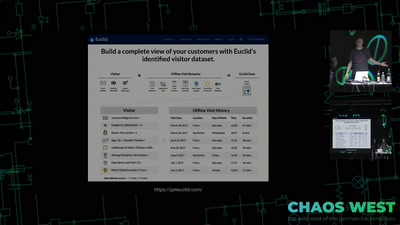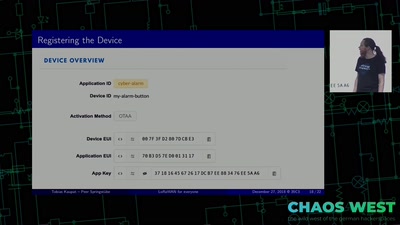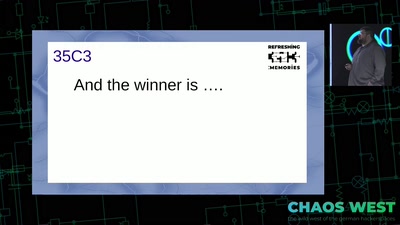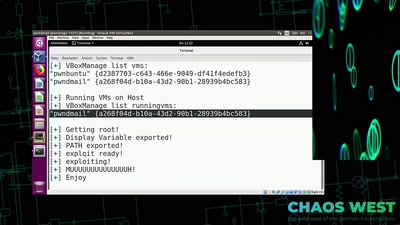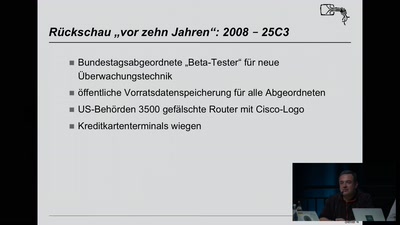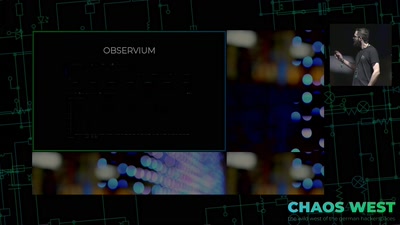Space is hard, but not that hard. Despite progress in technology, and cheaper rockets, science in space is becoming ever more expensive. Even copies of old missions now cost 2-4x as much. Better solutions are available, some taken straight from smartphones and consumer cameras.
Satellite hardware is not magic dust. It's a piece of electronics in a somewhat exotic environment. These days, hardware development has progressed to the point where off-the-shelf hardware can be used in space. Improving performance, while cutting costs to a fraction.
Professional star trackers cost several hundred thousand dollars a piece. But it is just a simple camera and the necessary software to find and track star constellations. Consumer hardware, like CPUs and camera chips, is essentially space-rated by default. Silicon-on-insulator used to be special hardware for radiation environments, but is now used in consumer electronics.
Cheaper rockets became possible by pragmatic rocket engineering, notably by SpaceX but also Russian rockets still flying today. The ideas had been around for a long time. European, Chinese and Indian Launcher provide some examples on how to achieve reductions in launch cost and how not to achieve them.
Cheaper rockets in many cases also allow higher mass to be traded for lower prices. Larger margins reduce work for quality control and modular systems reuse old engineering hardware in new missions. Higher satellite mass become increasingly acceptable, if they reduce development and manufacturing cost. And none of this is rocket science.


